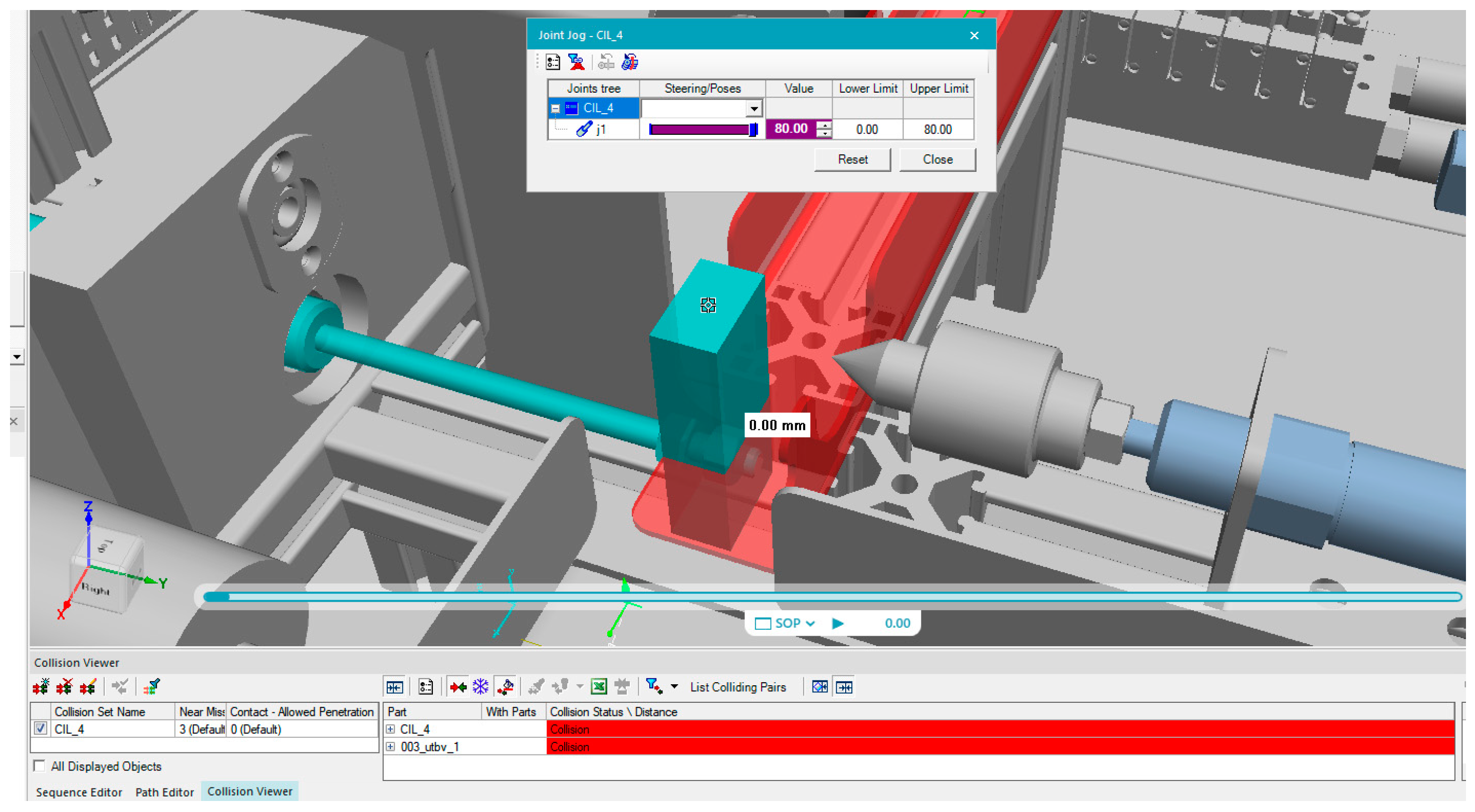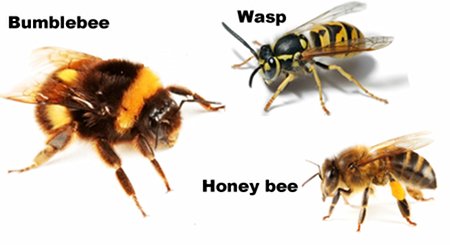When Production Lines and IT Systems Collide

During a recent tour of a mid-sized metal fabrication plant in Gwinnett County, I watched as the production manager frantically tried to troubleshoot a CNC machine that had suddenly stopped mid-job. After several minutes of checking the equipment, he turned to his tablet instead.
“Turns out it wasn’t a mechanical issue at all,” he explained later. “The machine lost its connection to our production management system. Three years ago, that would have been two separate problems. Now they’re completely intertwined.”
His experience perfectly captures the reality facing manufacturers across Georgia and beyond. The traditional boundaries between operational technology (OT) and information technology (IT) have blurred to the point of disappearing entirely. Yesterday’s isolated production equipment has evolved into networked systems that constantly communicate with business applications, analytics platforms, and supply chain partners.
This convergence creates tremendous opportunities but also introduces new challenges that many manufacturers struggle to address with traditional IT approaches.
The Manufacturing Technology Paradox
The manufacturing sector finds itself in a fascinating technological paradox. On one hand, it pioneered automation decades before other industries. On the other, many manufacturers maintain surprisingly outdated IT infrastructure and support models.
Several factors contribute to this disconnect:
- Extended equipment lifecycles – Production machinery often remains in service for 15-20 years, far longer than typical IT hardware
- Specialized systems – Manufacturing environments contain proprietary technologies rarely encountered in other industries
- High availability requirements – Downtime costs in manufacturing far exceed those in traditional office environments
- Complex integration needs – Modern factories require seamless communication between operational systems and business applications
A manufacturing executive from Kennesaw recently summed it up perfectly: “We’re expected to connect 30-year-old equipment to cloud applications while maintaining 99.9% uptime on production lines where every minute of downtime costs thousands. And we’re supposed to do this with the same generic IT support model used by accounting firms.”
This unique combination of requirements has driven the emergence of specialized manufacturing IT solutions that bridge the gap between traditional IT approaches and the specific needs of production environments.
Beyond Break-Fix Support Models
Traditional “break-fix” IT support models prove particularly inadequate in manufacturing environments. When production lines stand idle, reactive support approaches that might be acceptable for office applications become financially catastrophic.
Forward-thinking manufacturers have embraced proactive support models specifically designed for production environments:
Predictive Maintenance Extends to IT Infrastructure
The same predictive maintenance approaches long used for production equipment are now being applied to critical IT systems:
- Continuous monitoring of network performance metrics to identify degradation before failure occurs
- Automated alerts for anomalous system behavior that might indicate impending problems
- Regular assessment of environmental factors (temperature, dust, vibration) affecting IT equipment
- Scheduled replacement of critical components based on operating hours rather than failure events
A custom fabricator in Peachtree Corners implemented this approach last year and reported an 87% reduction in unplanned IT-related downtime across their production environment.
Specialized OT/IT Expertise
The most effective manufacturing IT solutions now include specialized expertise that bridges traditional operational technology and information technology domains:
- Cross-trained personnel who understand both production equipment and networking fundamentals
- Experience with industrial protocols like Modbus, Profinet, and EtherNet/IP
- Familiarity with SCADA systems and human-machine interfaces
- Knowledge of industrial IoT platforms and edge computing implementations
“Finding people with this hybrid expertise is nearly impossible,” noted the operations director at a food processing facility in Smyrna. “We’ve stopped trying to build this capability internally and instead partner with specialists who support multiple manufacturers. They see patterns across different facilities that we’d never recognize on our own.”
Documentation and Process Alignment
Manufacturing environments require exceptionally thorough documentation and change management processes that align with production priorities:
- Detailed network topology maps showing connections between business and production systems
- Comprehensive hardware and software inventories including proprietary production equipment
- Change management procedures synchronized with production schedules
- Recovery processes optimized for manufacturing-specific priorities
Bridging the Cybersecurity Gap
Perhaps nowhere is the disconnect between traditional IT approaches and manufacturing requirements more evident than in cybersecurity. Standard security practices often prove impractical or even dangerous in production environments.
“An IT consultant once recommended we implement standard patch management practices across our facility,” recalled the IT director at a pharmaceutical manufacturer in Alpharetta. “When I explained that we couldn’t reboot our production line in the middle of a batch to install updates, he had no alternative to offer. It demonstrated how little he understood our reality.”
Specialized manufacturing IT solutions now include security approaches specifically designed for industrial environments:
Network Segmentation Without Operational Disruption
Effective security begins with properly segmented networks that separate critical OT systems from general business traffic without impeding necessary communication:
- Carefully designed industrial demilitarized zones (IDMZs) that allow controlled data flow
- Application-layer gateways that inspect traffic without compromising performance
- Data diodes for one-way information flow from critical systems
- Microsegmentation protecting individual production cells
OT-Aware Security Controls
Security tools designed for office environments often prove ineffective or actively disruptive in manufacturing settings. Modern approaches include:
- Security controls tested for compatibility with industrial protocols and systems
- Passive monitoring technologies that don’t interfere with real-time operations
- Whitelisting approaches for static OT environments rather than traditional antivirus
- Physical security integration with digital access controls
Industrial-Specific Incident Response
Manufacturing environments require distinct incident response procedures that prioritize operational continuity alongside security concerns:
- Response playbooks specifically designed for manufacturing scenarios
- Cross-functional teams including both IT and operations personnel
- Table-top exercises testing manufacturing-specific attack scenarios
- Recovery processes that minimize production impact
Data Integration Drives Competitive Advantage
Beyond keeping systems operational and secure, the most sophisticated manufacturing IT solutions now focus on strategic data integration that creates measurable business advantages:
Real-Time Production Intelligence
By connecting previously isolated production data with business systems, manufacturers gain unprecedented operational insights:
- Live dashboards displaying OEE (Overall Equipment Effectiveness) metrics
- Real-time quality monitoring tied to specific production parameters
- Energy consumption analysis correlated with production output
- Predictive models identifying potential quality issues before they occur
“We operated blind for years,” admitted the CEO of a contract manufacturer in Norcross. “We thought we understood our operations, but once we implemented systems that provided real-time visibility across the entire production process, we discovered inefficiencies we never knew existed. The financial impact has been tremendous.”
Supply Chain Integration
Modern manufacturing environments increasingly extend beyond facility walls through sophisticated supply chain integration:
- Secure supplier portals providing real-time visibility into production requirements
- Automated replenishment systems triggered by actual production metrics
- Quality data sharing with upstream and downstream partners
- Collaborative capacity planning across supply networks
Finding the Right Manufacturing Technology Partner
For manufacturers looking to bridge the IT/OT divide, selecting the right technology partner has become a business-critical decision. Based on my experience working with dozens of Georgia manufacturers, several key criteria separate truly effective partners from those simply claiming manufacturing expertise:
Manufacturing-Specific Experience Matters
Look beyond generic IT credentials to assess specific manufacturing experience:
- Ask what percentage of their client base consists of manufacturers
- Request examples of projects involving production equipment integration
- Inquire about their familiarity with your specific manufacturing vertical
- Evaluate their understanding of industrial control systems
Operational Focus, Not Just Technical Expertise
The most valuable partners understand manufacturing operations, not just technology:
- They discuss technology in terms of production impact, not technical specifications
- They schedule maintenance and updates around production requirements
- They understand manufacturing-specific compliance requirements
- They measure success through operational metrics, not just system uptime
Specialized Security Capabilities
Given the unique security challenges in manufacturing environments, specialized security capabilities are essential:




